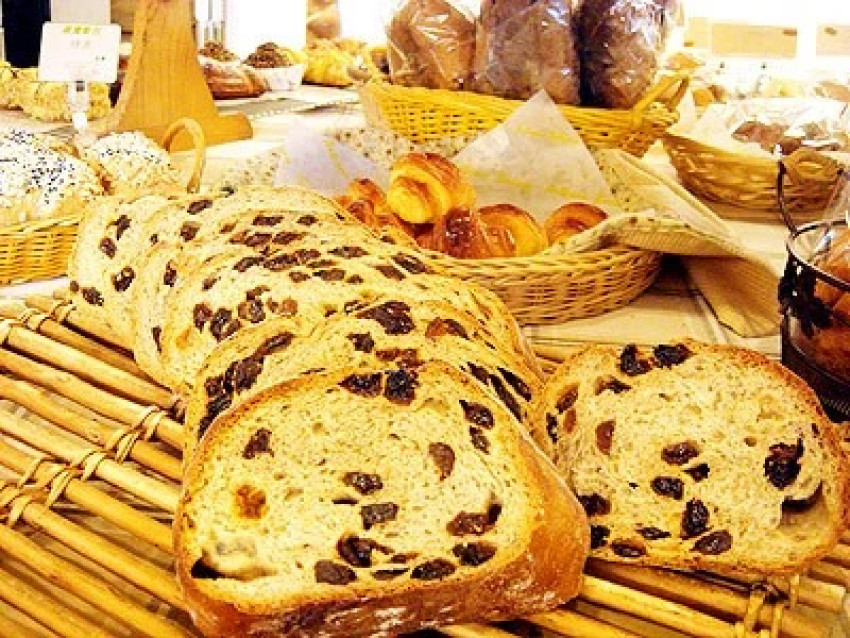
What Is Leavening Agent
Leaving agent is added to baked food mainly made of wheat flour, and is heated and decomposed during processing to generate gas, which makes the dough rise and form a sponge-like dense porous structure, so that the product has a bulky, soft or crispy texture. The leavening agent can not only make the food produce a soft, sponge-like porous structure, but also make it soft and delicious, and expand in volume. Moreover, it can make the saliva quickly penetrate into the tissue of the product when chewing, so as to penetrate the soluble substances in the product, stimulate the taste nerve, and make it quickly respond to the flavor of the food; when the food enters the stomach, digestive enzymes can quickly enter the food tissue, Make food can be digested and absorbed easily and quickly, and avoid nutrient loss.
Leavening agents can be divided into two categories: biological leavening agents (yeast) and chemical leavening agents. The widely used yeast is active dry yeast made from fresh yeast dried at low temperature. When active dry yeast is used, it should be dissolved in warm water at about 30°C and placed for about 10 minutes to activate the yeast. Yeast utilizes sugars and other nutrients in food to carry out aerobic respiration and anaerobic respiration successively, producing C02, alcohols, aldehydes and some organic acids, making the product bulky and forming a sponge-like network.
When yeast is used as leavening agent, it is necessary to control the fermentation temperature of the dough. When the temperature is too high (>35°C), the lactic acid bacteria will multiply and the acidity of the dough will increase. The pH value of the dough is closely related to the volume of the product. The pH value of the dough is At 5.5, the finished product with the largest volume is obtained. Chemical leavening agents are formulated from edible chemicals and can be divided into single leavening agents and compound leavening agents. Commonly used single leavening agents are NaHCO3 and NH4HC03. Both are basic compounds.
Physicals and Applications of SAPP Chemical
Sodium acid pyrophosphate sapp is a white solid powder with a relative density of 1.862, soluble in water but insoluble in ethanol. 100. The solubility at C is 32.5%, the aqueous solution is acidic, and the pH of 1% aqueous solution is about 44.5. Sodium acid pyrophosphate can form a complex with Mg2+ and Fe2+, and the aqueous solution can be hydrolyzed into phosphoric acid by heating with dilute inorganic acid. Sodium acid pyrophosphate is slightly hygroscopic, and forms hexahydrate after absorbing water. When heated above 220°C, sodium metaphosphate is formed.
Application fields of sodium acid pyrophosphate Sodium acid pyrophosphate is used as a rapid starter and quality improver in the food industry. For example, adding it to barbecue food can control the fermentation speed and increase the production intensity. Sodium acid pyrophosphate is used as the acidic component of synthetic leavening agents such as bread and cakes, which can prolong the storage time, and the loose spaces are neat, and it can also reduce the breakage rate of biscuits and cakes. The use of sodium acid pyrophosphate in sausage processing can improve the taste and color, and increase the processing speed. Sodium acid pyrophosphate is used in aquatic product processing, fish balls, fish sausages, and quick-frozen foods to prevent crystal formation and control moisture. Sodium acid pyrophosphate compounded with other phosphates can be used as a water-retaining agent for meat products such as luncheon meat, cooked ham, and canned meat, and as a rehydrating agent for instant noodles.
Determination of Gas Evolution Rate of Sodium Acid Pyrophosphate and Its Influencing Factors
Gas generation speed is an important factor affecting the application of sodium acid pyrophosphate. The detection of gas generation speed is affected by temperature, water addition, formula composition and stirring speed.





